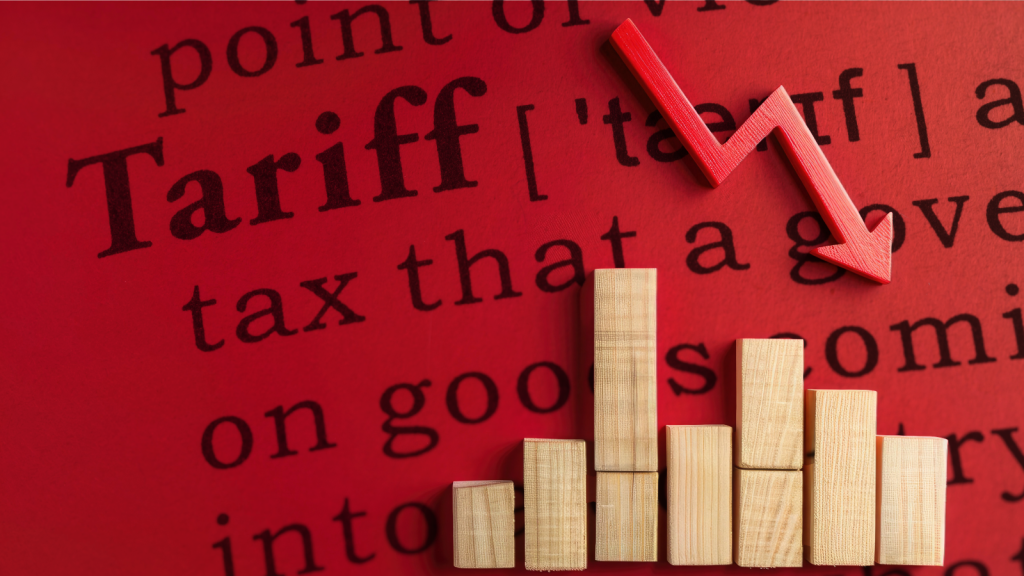UAE’s Bold Bid to Lead the Blockchain Revolution in 2025 & Beyond


After years of building out the infrastructure and regulatory environment necessary to attain such a status, the UAE, in particular the Emirate of Dubai, really began to emerge as a major cryptocurrency hub in 2025.
Dubai began laying down the groundwork back in 2018, with the establishment of the Dubai Blockchain Centre. At the time, Bitcoin and other major cryptocurrencies were just starting to enter what was coined “crypto winter.” There was high uncertainty over whether this major gamble would pay off.
Flash forward to now, however, and it’s clear that Dubai’s big bet was a prescient move in hindsight. Major cryptocurrency firms like Binance have established operations, becoming licensed operators in the jurisdiction. The crypto leader has even been putting on one of their flagship events in Dubai called Binance Blockchain Week. This event brings together industry titans to celebrate the crypto ecosystem. Binance CMO Rachel Conlan explains the significance of this event, “Binance Blockchain Week is about so much more than just Binance. It’s a celebration of the entire crypto ecosystem and the incredible power of community. This event really shows how crypto is bringing people together from all over the world.”
Conlan continued, “We’re excited to be releasing this docuseries today, which captures the heart and soul of our shared vision for a decentralized future. Binance Blockchain Week has grown significantly since we first organized it back in 2019, and it is humbling to see the event grow alongside our community numbers. Through it all, our mission remains the same: to unite people and provide a welcoming platform for everyone to learn about crypto and blockchain technology.”
Now positioned as the Middle East’s crypto center, Dubai and the UAE seek to further build on this success, through further growth of the country’s retail and institutional cryptocurrency trading volumes, as well as through the integration of blockchain technology into areas beyond finance.
Dubai’s Rise as a Major Crypto and Web3 Hub
With Dubai’s forward-thinking cryptocurrency infrastructure investment attracting major firms, resulting in their establishment of regional offices in the Emirate, it’s no surprise that this in turn has resulted in a massive increase in cryptocurrency trading volume taking place within the UAE.
As detailed in Chainalysis’Geography of Crypto Report 2024, a total of $34 billion worth of crypto transactions occurred between July 2023 and July 2024, representing a 42% increase compared to the preceding twelve-month period. Capital from retail and institutional investors alike are pouring into Dubai-based cryptocurrency trading firms. Decentralized finance (DeFi) platforms located in the UAE are also attracting significant capital inflows.
Per the same report from Chainalysis, just in Q2 2024 alone, DeFi platforms received over $3 billion in value, and during the twelve months ending June 2024, decentralized exchanges (DEXs) experienced a 74% increase in total value received, with this figure rising from $6 billion to $11.3 billion.
With the UAE being one of the few countries considered to offer “regulatory clarity,” Dubai is not only becoming a major hub for DeFi and cryptocurrency trading; it’s becoming a major hub for Web3 startups and talent as well. Web3 entrepreneurs from overseas, in particular from India, have established and/or moved their operations to this jurisdiction.
Capitalizing on Additional Blockchain Use Cases
Dubai and the UAE’s embracing of the blockchain revolution goes beyond just creating a favorable environment for cryptocurrency firms and Web3 startups to operate. The federal monarchy, especially its largest Emirate, are integrating blockchain technology into the rest of the country’s overall economy.
This of course includes integration into other areas of the financial sector. For example, thanks to the UAE’s clear regulatory framework regarding their use, stablecoins have become a major medium of exchange for a variety of transaction types, including real estate transactions as well as cross-border remittances.
More recent regulatory progress points to further integration between traditional and decentralized finance. Looking beyond the financial services sector, it should also be noted that Dubai Customs has already started to utilize blockchain technology for the purpose of improving efficiency at Dubai’s ports, smoothing out supply chain friction, all while improving compliance and reducing issues like counterfeiting and fraud.
Only time will tell, but Dubai’s successful integration of blockchain into both its financial and shipping sectors could be the prelude to further integration efforts that in turn enable the UAE economy to maximize growth.
What Lies Ahead for UAE’s Crypto Sector in 2025 and Beyond
As recent economic and political events drive further inflow of capital into the cryptocurrency asset class, crypto transaction volumes and assets under management will likely continue to climb among the trading and DeFi firms who have set up shop in Dubai.
Although other jurisdictions, including the United States, are starting to reach “regulatory clarity” status, barring rapid changes in the regulatory and taxation regimes of nearby India and other major economies, Dubai and the UAE remain well-positioned to continue attracting overseas companies and talent.
The UAE and Dubai have seen respective efforts produce the desired results, namely the establishment of this area as one of the epicenters of cryptocurrency. From here, both the federation and its largest Emirate have the opportunity to further capitalize on the rise of blockchain technology, through the integration of it into other areas of the economy, as seen in both the financial services and supply chain sectors.































